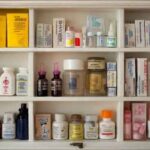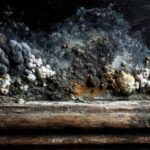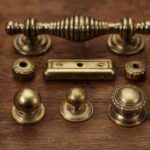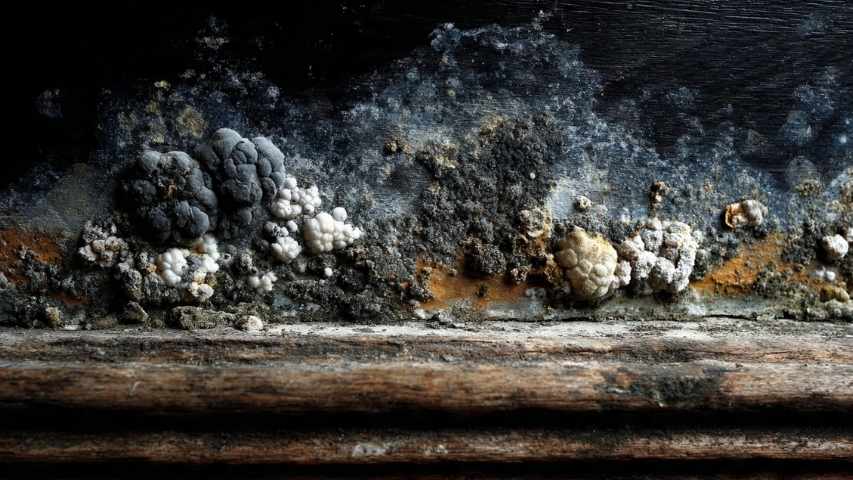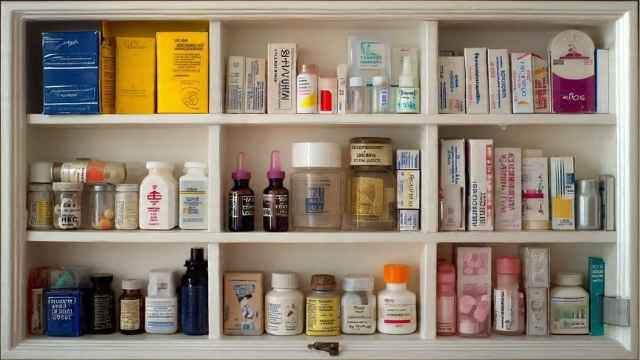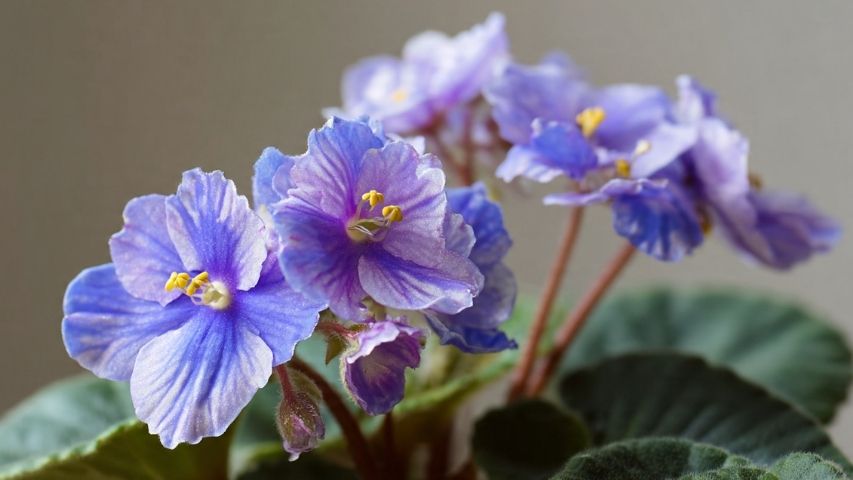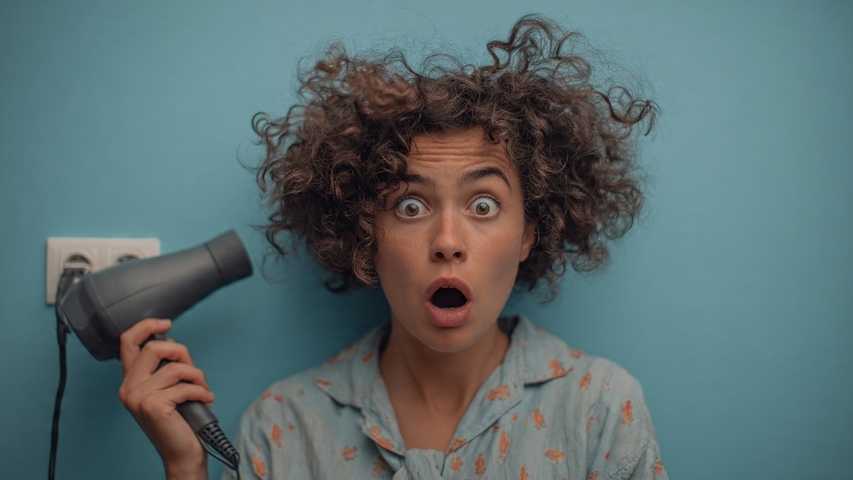No one likes to find mold at home. While most molds are harmless, hearing the words “black mold” can make anyone worry. This type of fungus looks bad, can affect your health, and often means there is a moisture problem in your home.
Knowing the warning signs of black mold helps you protect your home and health. This guide will show you how to spot black mold, remove it safely, and keep it from coming back. If you catch it early, you can fix the problem and keep your home safe.
What is Black Mold?
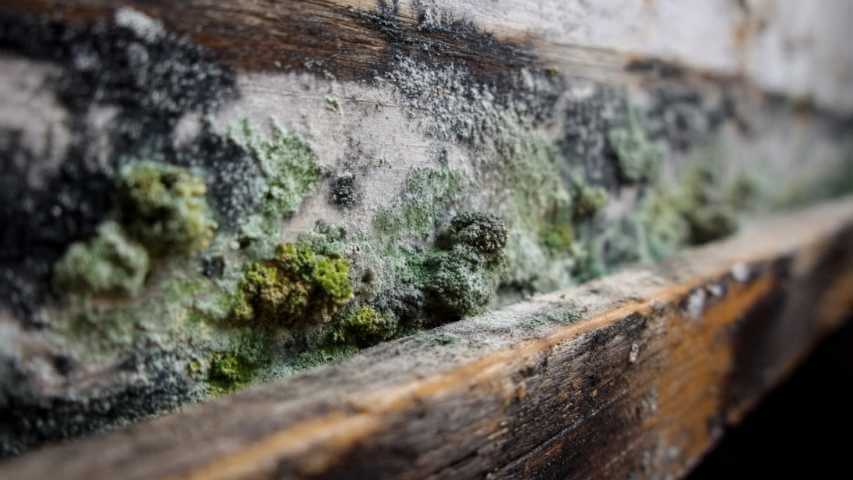
“Black mold” usually means Stachybotrys chartarum, a type of fungus. It looks greenish-black and is often slimy or wet. It needs steady moisture and materials like drywall, wood, or paper to grow, especially if these have gotten wet.
Even though black mold has a certain look, many molds are black. Only a professional test can tell if it is Stachybotrys chartarum. Still, all molds can cause health or building problems, so you should remove any mold you see right away.
You Might Have Black Mold
Are you unsure if the dark spot on your wall is just a stain or something more serious? Here are three key signs that can help you identify a potential black mold problem in your home.
1. A Musty, Earthy Odor
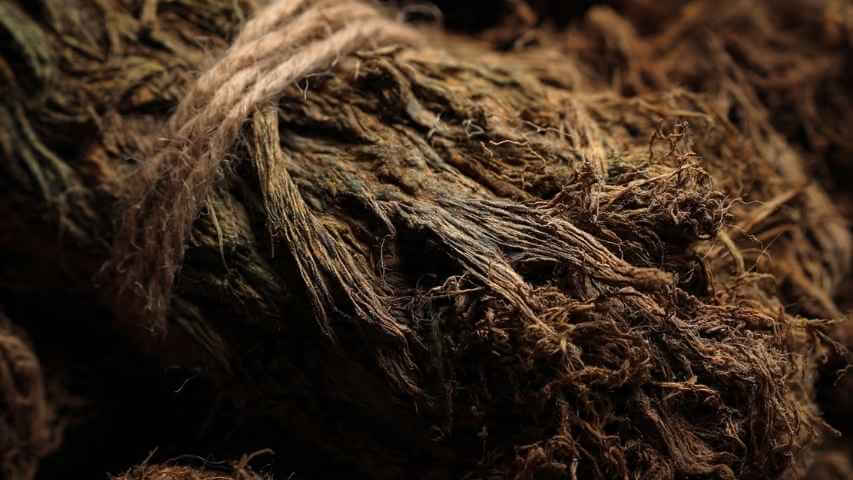
One of the most common and noticeable signs of mold is a persistent, musty smell. This distinct odor is caused by microbial volatile organic compounds (mVOCs), which are gases produced by the mold as it grows and multiplies. The smell is often described as earthy, reminiscent of the scent of dirt or decaying leaves.
If you notice a persistent smell in a specific area, such as a basement, bathroom, or laundry room, it’s a strong indicator of hidden moisture and potential mold growth. The odor may be more pronounced in damp, enclosed spaces with poor ventilation. Don’t ignore it—use your nose as a first line of defense to detect a problem before it becomes visible.
2. Visible Dark Patches or Spots
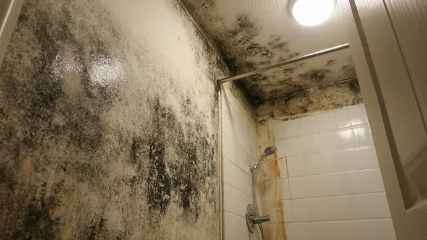
The clearest sign of black mold is seeing it. It usually looks like dark, blotchy patches that can be black, dark green, or dark gray. If the area is wet, the mold may look slimy. If it’s dry, it may look sooty. These spots often show up in groups and can spread unevenly.
Familiar places to find visible mold growth include:
- Bathroom walls and ceilings, especially near showers.
- Basements or crawl spaces with high humidity.
- Around windows where condensation collects.
- Under sinks or behind toilets, where leaks are more likely to occur.
- On drywall or ceiling tiles that have been damaged by water.
If you see dark patches like these, check further. What you see might be just a small part of a bigger, hidden mold problem.
3. Unexplained Health Symptoms
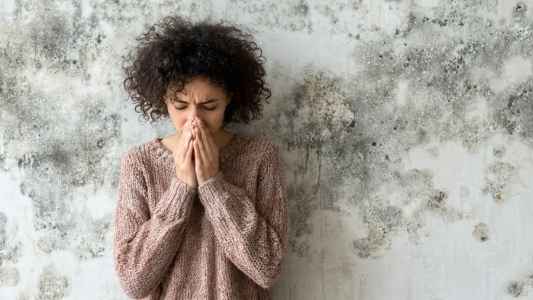
Mold exposure can trigger a range of health issues, particularly in individuals with sensitive immune systems. If you or your family members are experiencing persistent, allergy-like symptoms without a clear cause, it could be related to mold in your home.
Common symptoms associated with black mold exposure include:
- Chronic coughing and sneezing
- Itchy eyes, nose, and throat
- Skin irritation or rashes
- Persistent headaches
- Difficulty breathing or wheezing
These symptoms can be worse for people with asthma, allergies, or weak immune systems. If you feel worse at home and better when you leave, something indoors—like mold—could be causing your symptoms.
How to Get Rid of Black Mold
After you find mold, the next step is to get rid of it safely. How you do this depends on how big the moldy area is.
For Small Areas (Under 10 square feet)
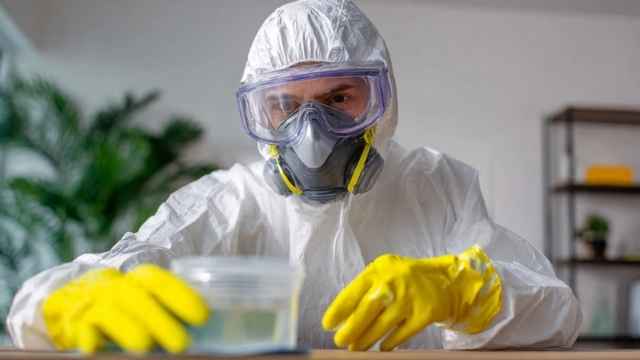
If the moldy spot is small, you can usually clean it up yourself. Before you start, make sure you have the right safety gear:
- An N95 respirator mask to avoid inhaling mold spores
- Goggles to protect your eyes
- Gloves to protect your hands
Follow these steps to remove mold yourself:
- Seal off the area: Use plastic and tape to close off the room and keep mold spores from spreading. Use a fan to blow air outside.
- Dampen the Mold: Lightly mist the moldy surface with water. This helps prevent dry spores from becoming airborne during the cleaning process.
- Clean with a Mold-Killing Solution: Scrub the surface with a mixture of household detergent and water. Commercial mold removers are also effective. While bleach can kill surface mold, it doesn’t always penetrate porous materials to eliminate the roots, and it can be harsh on certain surfaces.
- Dry the area well: After cleaning, make sure the area is completely dry. Use fans, dehumidifiers, or open windows to help. Any leftover moisture can let mold grow back.
- Throw away used cleaning materials: Put rags and sponges in a strong plastic bag and seal it before you toss it out.
For Large Areas (Over 10 square feet)
If the mold covers more than 10 square feet or has gotten deep into things like drywall or insulation, call a professional mold removal expert. They have the right training and tools to handle big mold problems safely. They can also find and fix the moisture source so the mold doesn’t come back.
Frequently Asked Questions
What does mold actually smell like?
It usually smells musty and earthy, like a damp basement, wet socks, old books, or rotting wood. The smell can be weak and stale or strong and sour.
Does black mold have a unique smell?
No. Color doesn’t determine odor. The smell originates from microbial volatile organic compounds (mVOCs) released during growth, rather than from the mold’s color.
Can I smell mold even if I can’t see it?
Yes. A persistent moldy odor often points to hidden mold behind walls, under flooring, in crawlspaces, or inside HVAC components.
Why does the smell get worse when the AC or heat turns on?
Airflow can carry odors from ducts, coils, drip pans, or nearby wall cavities. When the equipment starts, it can push that smell into rooms.
Are mold odors harmful by themselves?
A moldy smell by itself doesn’t measure health risk, but it does warn you about dampness. Damp, moldy places can bother some people, so it’s best to fix the moisture and clean up the mold.
Does insurance cover mold damage?
It depends. Mold caused by sudden problems, like a burst pipe, is often covered. Mold from ongoing leaks or poor upkeep usually isn’t. Mold from floods needs flood insurance.
Your Next Steps
Keeping your home free of black mold isn’t just about cleaning; it’s about controlling moisture. Check your home often for leaks, make sure bathrooms and kitchens have good airflow, and use a dehumidifier in damp places like basements. If you stay on top of these things, you can stop mold before it starts.
Taking care of your home and stopping mold is part of being a responsible homeowner. It’s also important to have the right insurance to protect your property from surprises.

